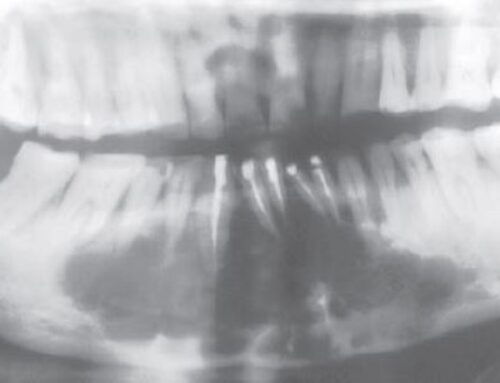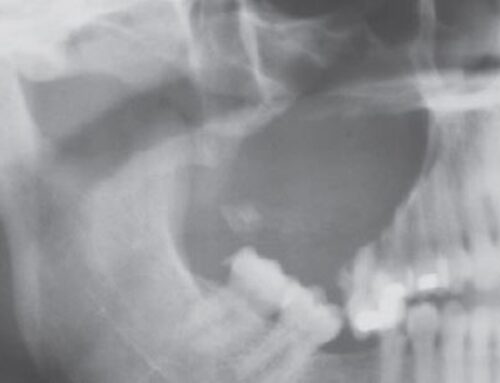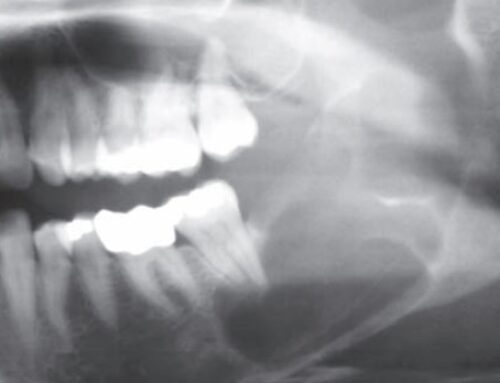The main advantage of marsupialization and decompression is the preservation of important anatomical structures such as inferior alveolar nerve and the prevention of a consequent possible deformity.
In marsupialization technique, a part of the KOT’s body is cut and removed followed by suturing the lesion’s exposed boundaries to the adjacent mucosa. The created surgical window exposes the cyst to the oral cavity.
In the decompression technique, a drain is placed in the lesion, which maintains communication with the cystic cavity. This decreases the intracystic pressure and may result in bone formation.
The main difference between these two techniques is the use of a cylindrical device (drain) to prevent closure of the mucosa. Both techniques result in a decrease of the intraluminal pressure/volume or resolving KOT. The lining of many decompressed or marsupialized cysts are more similar to the oral mucosa than to KOT in histological evaluation.




